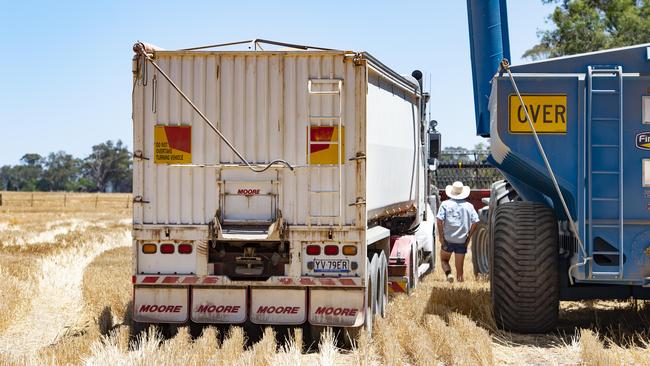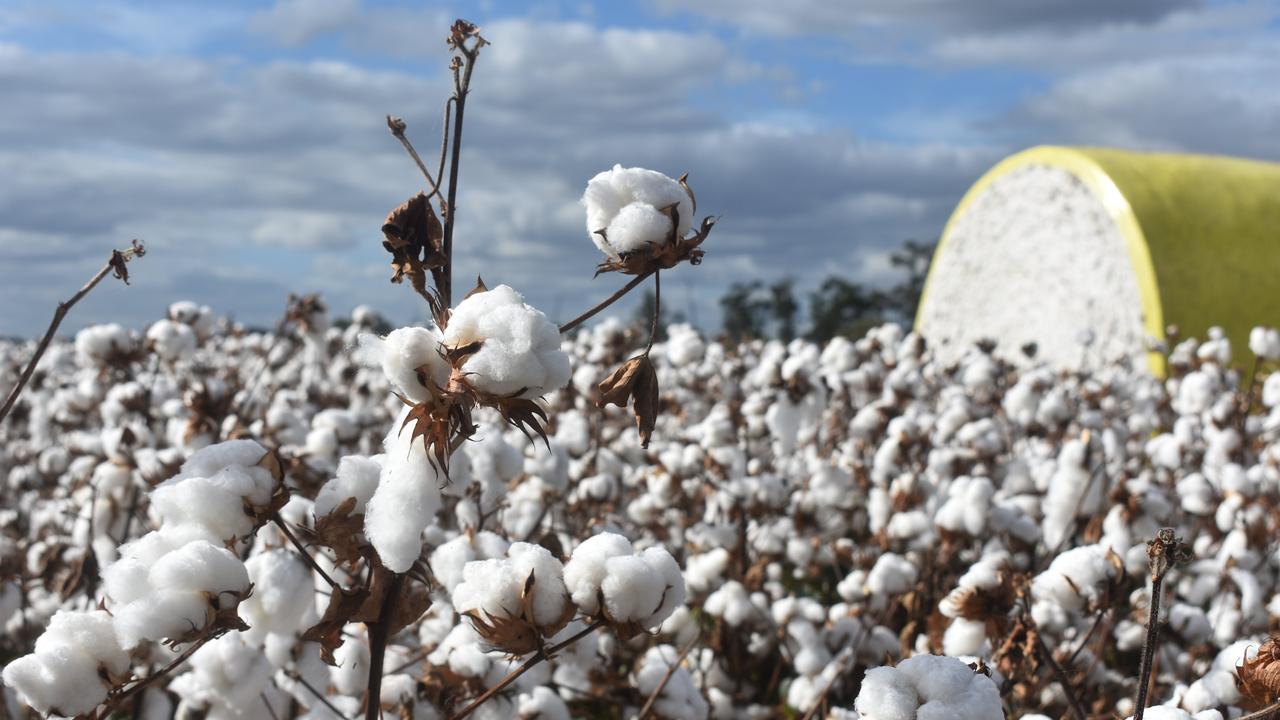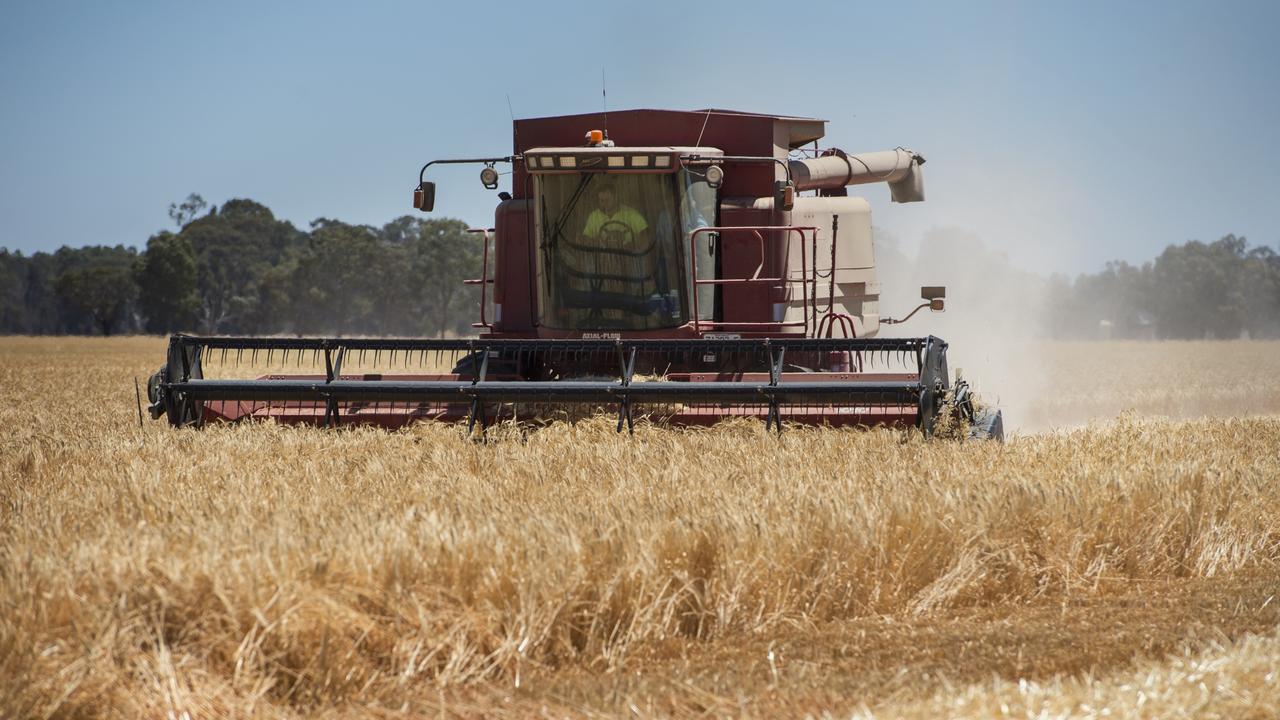Prices continue to climb despite firmer dollar, bumper harvest
The crop is big and the dollar is stronger but most prices are on the rise. See how each commodity is impacted as some continue to fall.

WITH few exceptions most commodity prices rallied last week despite a strengthening dollar and a big harvest.
Nugget type lentils have strengthened an impressive $33 a tonne opening this week at $650 a tonne delivered to grain packers in Melbourne.
Growers are pleased with their lentil returns this year as yields near Charlton have been about three tonnes a hectare and late June sown crops have even managed to yield two tonne.
Further west, Hopetoun lentil crops have yielded 2.4 tonne which is pleasing given the lighter sandy rises in the district.
Canola prices are up $10 a tonne due to continuing production concerns of soyabeans in Brazil.
Barley prices have firmed as well with La Trobe malting barley bid at $232 a tonne delivered Geelong less freight to local silo.
Oat prices are weaker again this week, slipping $18 to $262 delivered Melbourne buyers.
The supply and demand of milling oats has realigned after a period of east coast deficit and an importation program from Western Australia.
Should a shortage of milling oats reappear in eastern Australia once more, oat prices could rise substantially.
Milling oat prices remain strong in WA due to a below average growing season and trades of milling grade oats have been made at $295 delivered to the port of Kwinana.
Wheat is a standout this week as the price for most grades has rallied $12 a tonne.
The export tax on Russian wheat has been confirmed at €25 a tonne, to be introduced alongside an export quota of 17.5 million tonnes of grain exports on February 15.
As the announcement was heavily anticipated, the wheat futures in Chicago and Paris fell about $3 a tonne.
However, the Australian markets had other ideas and the ASX futures lifted $12 a tonne.
According to traders, Australian wheat is actively buying market share and the full effect of harvest sales is starting to weaken.
Traders suggest that the lowest point of the basis discount for Australian wheat below its competitors has come and gone.
The volume of grain stored on farm this season is impressive.
Silo bags are proving popular as a temporary storage option, especially near Sea Lake and the parts of the northern Mallee.
Despite the volume of grain stored on farm, traders believe that the selling of this grain will be tempered through 2021 and will not cause the same sell pressure as harvest.
MORE
DECEMBER DOWNPOUR HINDERS HARVEST IN SOUTHERN VICTORIA
WHISPERS FROM RUSSIA FINALLY PUT A HALT TO WHEAT PRICE SLIDE


